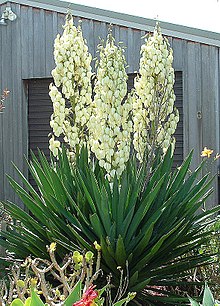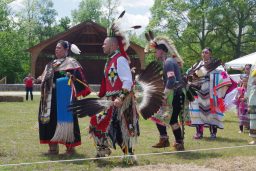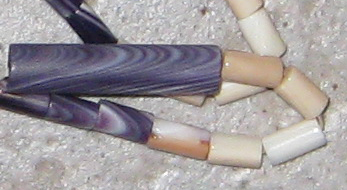Adam’s Needle

By: Coy Domecq
It never ceases to amaze me at the beneficial uses of plants that we walk by every day without ever realizing their attributes. For me Adam’s Needle, Yucca filamentosa in the agave family, is but one of these plants. This plant is a rosette of sword-shaped spiny-tipped leaves and spikes of creamy white flowers when in bloom. Adam’s Needle is native to the southeast US and can be found especially among coastal plain locales but does well in just about any place with well-drained soil and exposure to full sun. This plant was and continues to be used by Native Americans for a host of applications, from food source to medicinal remedy. Before we proceed, the standard caution applies that one should never consume any plant without positive identification and knowledge of proper preparation. Like all yuccas and other similar plants, Adam’s Needle especially the root contains saponins, soap-like chemicals that, unless leached by repeated washings might cause stomach distress. These are not medical recommendations but rather a recount of historical and contemporary use to treat ailments. All parts of the plant can be consumed; the flowers, immature fruits, stalk, root, and seeds are typically boiled or roasted. Medical uses include a dermatological wash, ointment or salve for rashes and skin diseases, a treatment for strains and sprains and even as decoction for the treatment of diabetes. Other practical uses of the plant are for use as a detergent, fire starter made from dried fibers, cordage from twisting individual fibers, and handily enough a needle with the filamentous thread already attached.





